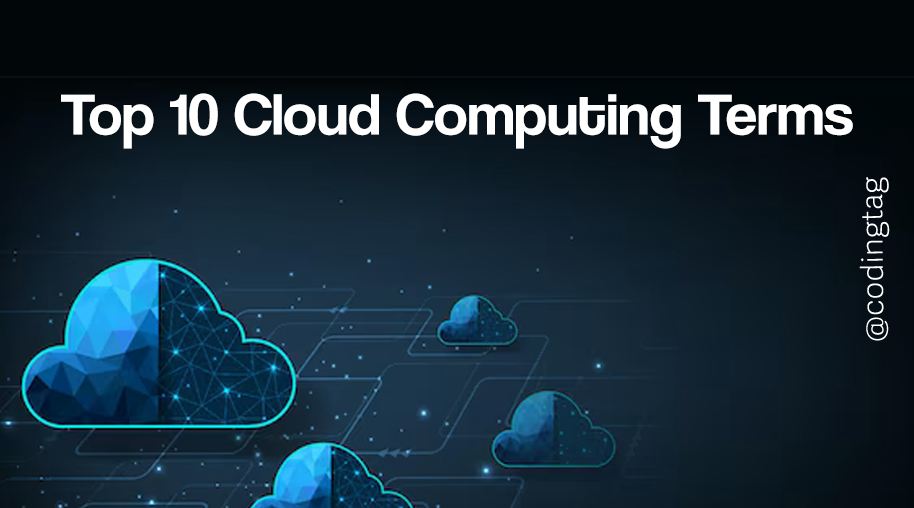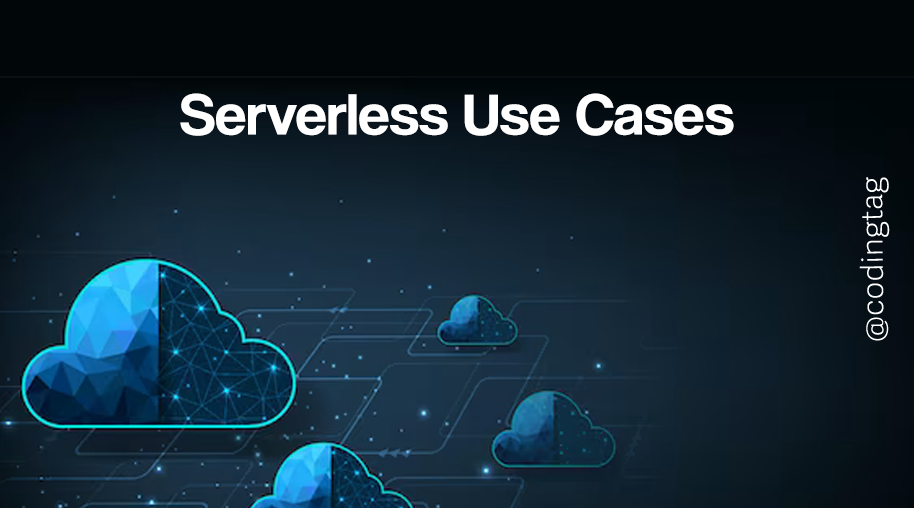Multi-Cloud Strategy
0 587
Multi-Cloud Strategy
In today's fast-evolving digital world, relying on a single cloud provider can limit flexibility, increase risks, and restrict innovation. A Multi-Cloud Strategy involves using multiple cloud service providers (like AWS, Azure, and GCP) to distribute workloads, enhance resilience, and optimize performance. This blog breaks down the what, why, and how of implementing a multi-cloud strategy effectively.
What is a Multi-Cloud Strategy?
A multi-cloud strategy refers to the practice of utilizing cloud services from more than one provider. Instead of being locked into a single vendor, organizations deploy resources across different cloud platforms depending on performance, pricing, compliance, or feature requirements.
Benefits of a Multi-Cloud Approach
- Reduced Vendor Lock-In: Gain flexibility and bargaining power.
- Improved Resilience: Prevent single points of failure by distributing risk.
- Cost Optimization: Choose the most cost-effective service for each workload.
- Compliance: Meet regulatory requirements across different regions and jurisdictions.
- Performance Tuning: Run workloads closer to users using regional cloud offerings.
Key Challenges in Multi-Cloud Management
- Complexity: Managing and monitoring multiple platforms increases operational overhead.
- Security: Consistent policies need to be enforced across different clouds.
- Data Transfer Costs: Moving data between clouds can be expensive.
- Skill Gaps: Teams need knowledge across various cloud platforms.
Example: Deploying Across AWS and GCP
Consider a web application where the frontend is hosted on AWS (for its global CDN and Lambda functions), and the backend runs on GCP (for its powerful AI/ML APIs).
// AWS (Lambda Function)
exports.handler = async (event) => {
return {
statusCode: 200,
body: JSON.stringify('Hello from AWS!'),
};
};
// GCP (App Engine Backend)
const express = require('express');
const app = express();
app.get('/', (req, res) => {
res.send('Hello from GCP backend!');
});
app.listen(process.env.PORT || 8080);
Multi-Cloud Architecture Design Tips
- Use cloud-agnostic tools like Terraform, Kubernetes, and Ansible.
- Implement API gateways for unified access across providers.
- Design with decoupled microservices to distribute components easily.
- Employ observability tools that support multiple clouds (e.g., Datadog, Prometheus).
Tools That Simplify Multi-Cloud Management
- Terraform: Unified provisioning across clouds.
- Kubernetes: Container orchestration across clusters on AWS, Azure, and GCP.
- Crossplane: Control cloud resources using Kubernetes-native APIs.
- Anthos: GCP’s hybrid and multi-cloud platform management solution.
Security Best Practices for Multi-Cloud
- Use centralized identity management like AWS IAM Identity Center or Azure AD.
- Encrypt data both in transit and at rest, across all providers.
- Use CSPM (Cloud Security Posture Management) tools like Prisma Cloud or Wiz.
- Define standard security policies and automate enforcement across providers.
When to Adopt a Multi-Cloud Strategy?
A multi-cloud strategy is especially useful if you are:
- Operating in regions where no single provider offers full coverage.
- Running mission-critical workloads requiring high availability and redundancy.
- Developing applications that rely on the unique strengths of different cloud vendors.
Conclusion
A well-planned multi-cloud strategy empowers organizations to leverage the strengths of each cloud platform while minimizing their limitations. By focusing on interoperability, security, and automation, businesses can build resilient, scalable, and future-proof architectures that are truly cloud-native.
Whether you're just starting your cloud journey or optimizing an existing setup, a multi-cloud approach offers the agility modern enterprises need.
If you’re passionate about building a successful blogging website, check out this helpful guide at Coding Tag – How to Start a Successful Blog. It offers practical steps and expert tips to kickstart your blogging journey!
For dedicated UPSC exam preparation, we highly recommend visiting www.iasmania.com. It offers well-structured resources, current affairs, and subject-wise notes tailored specifically for aspirants. Start your journey today!

Share:







Comments
Waiting for your comments